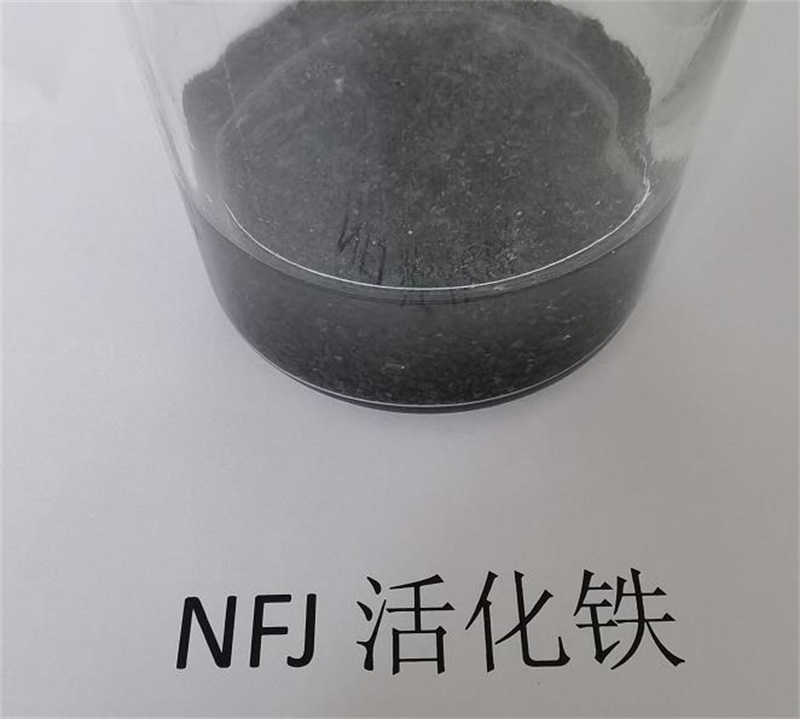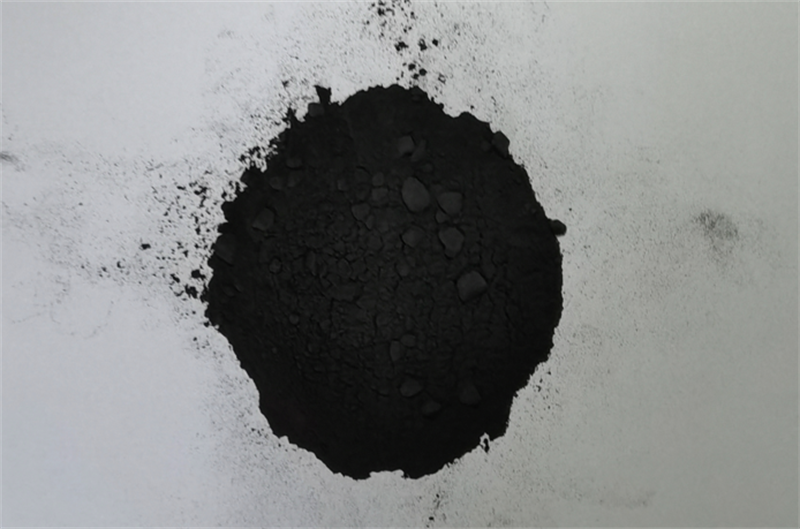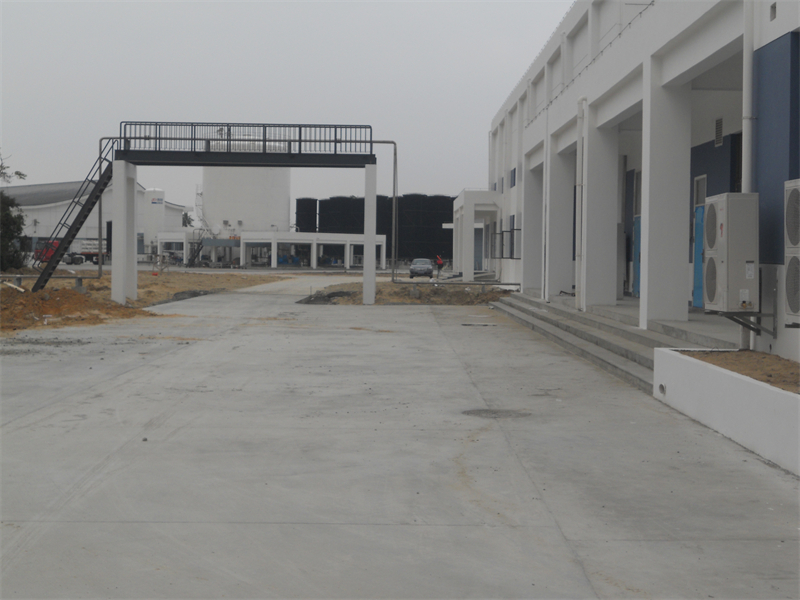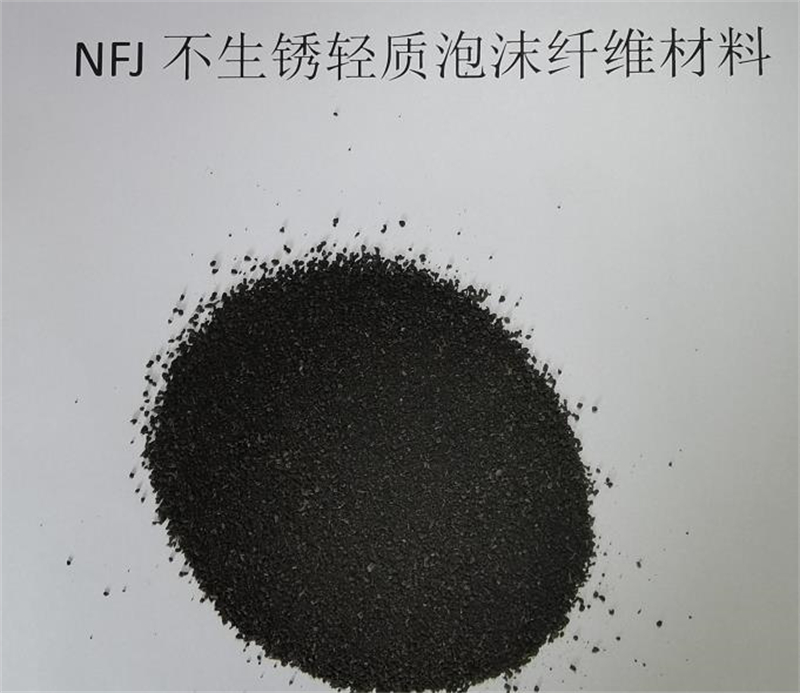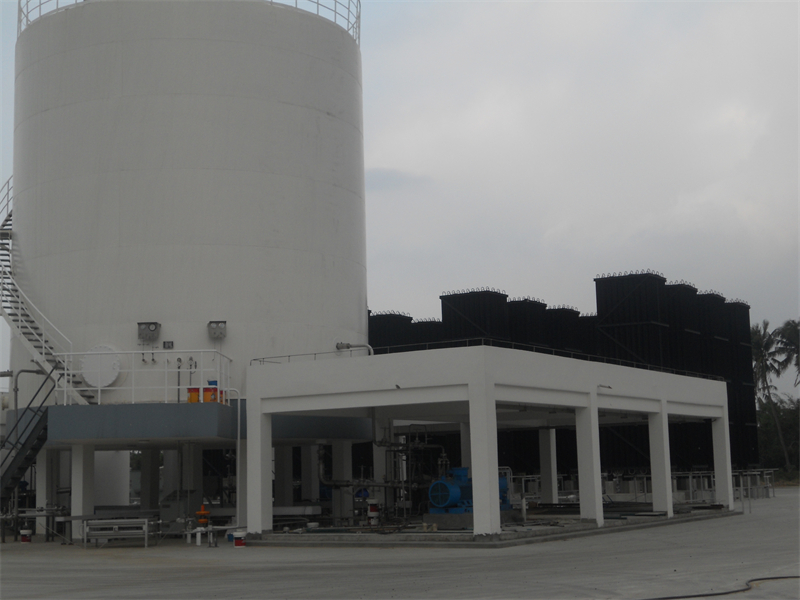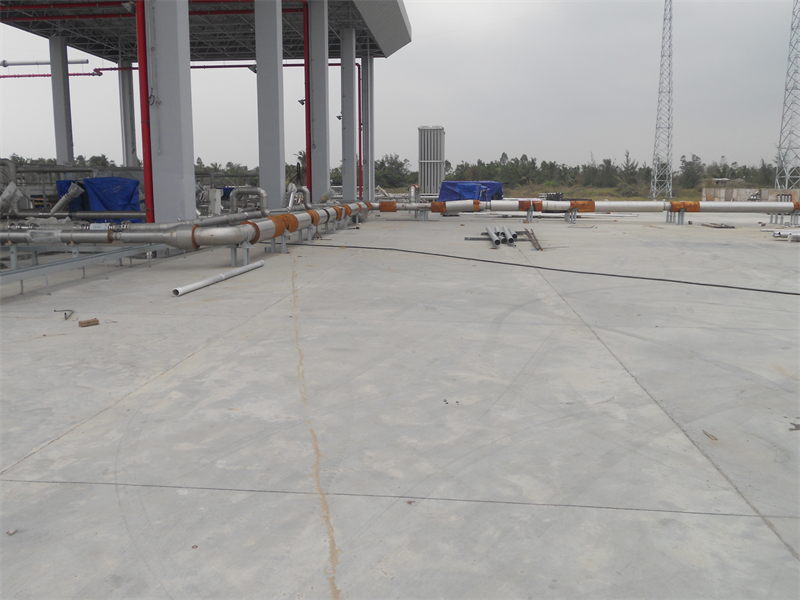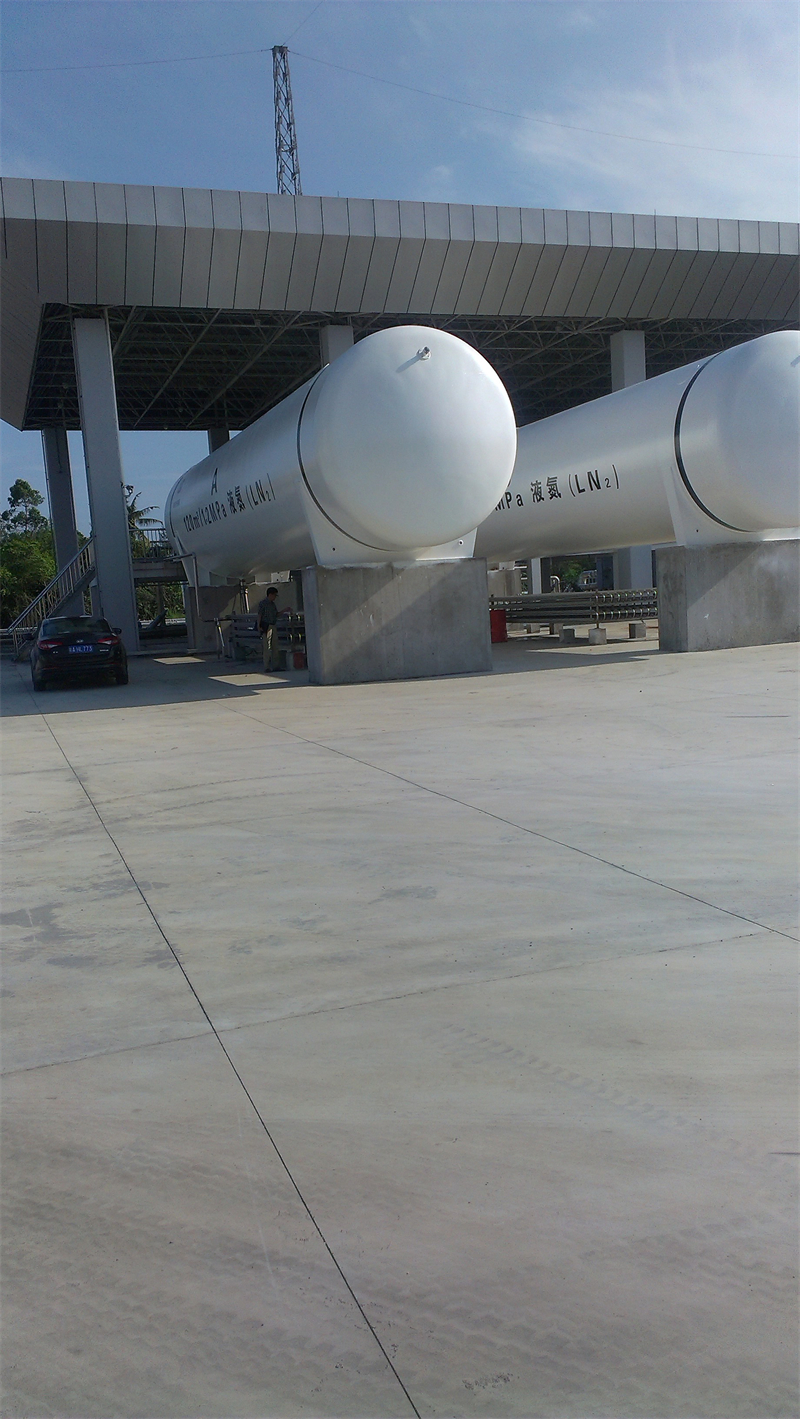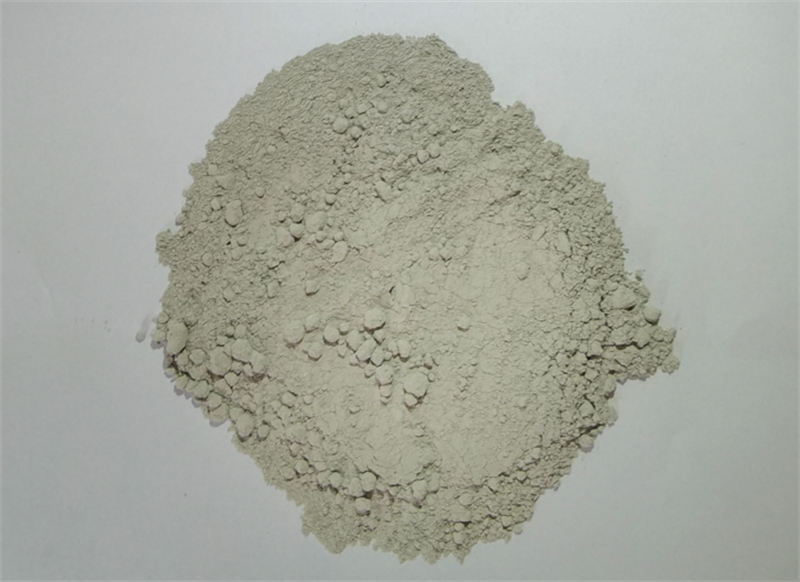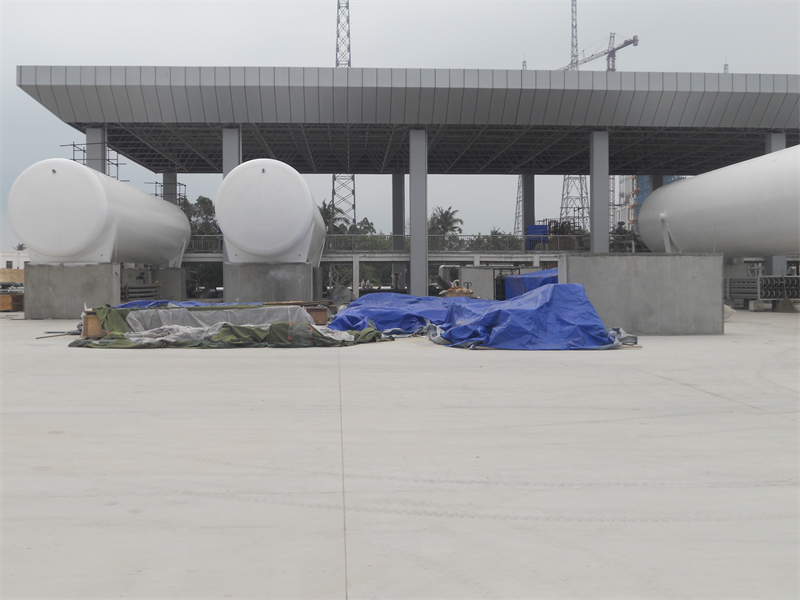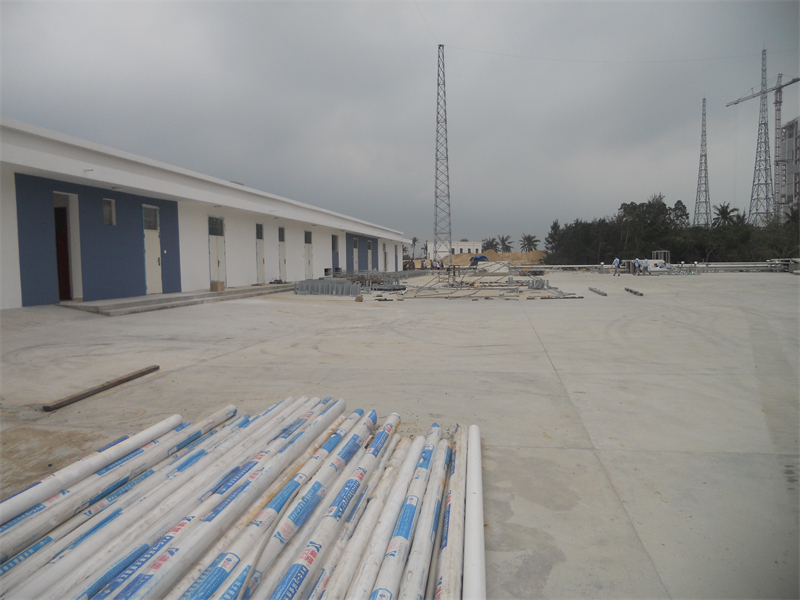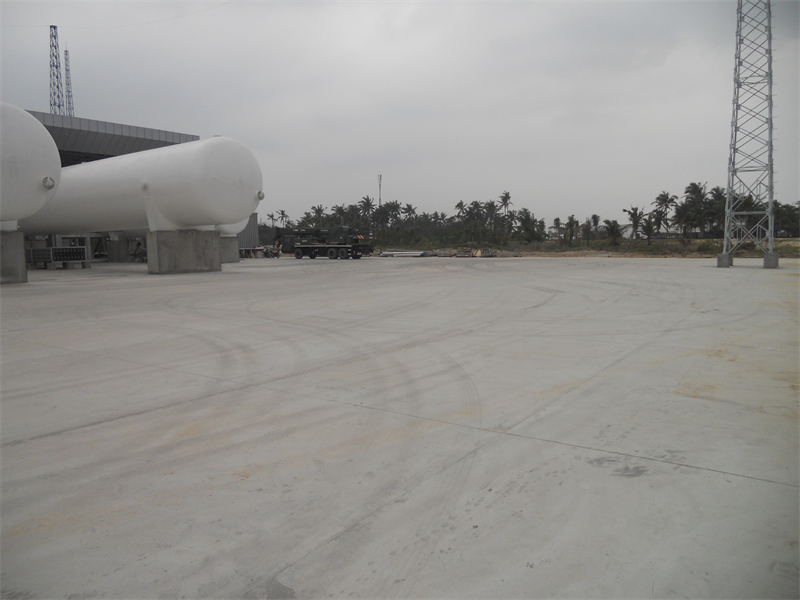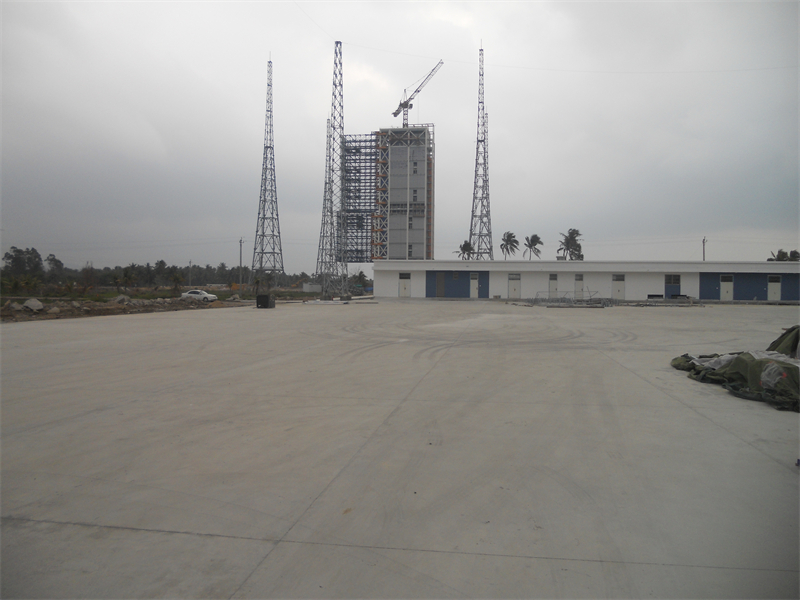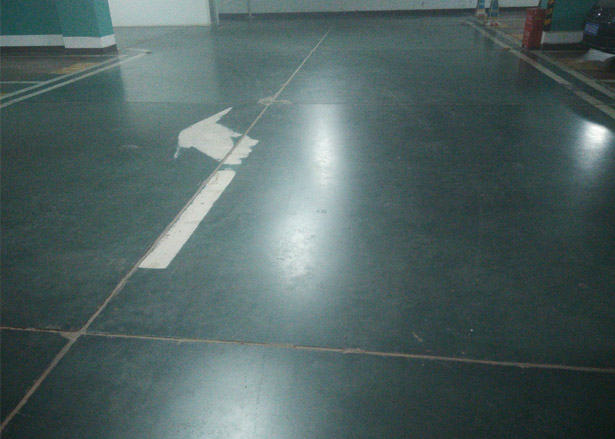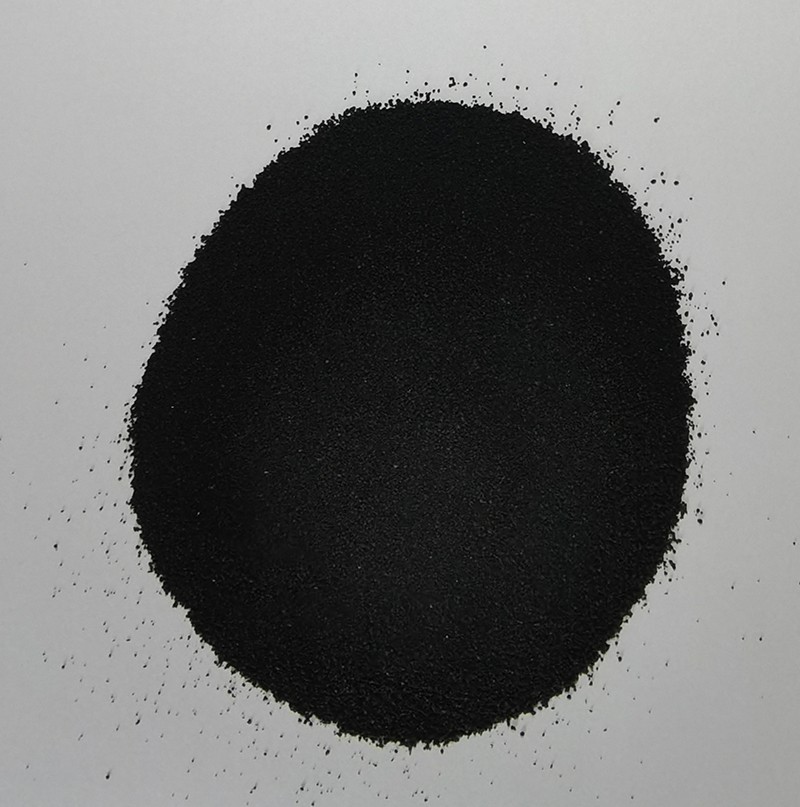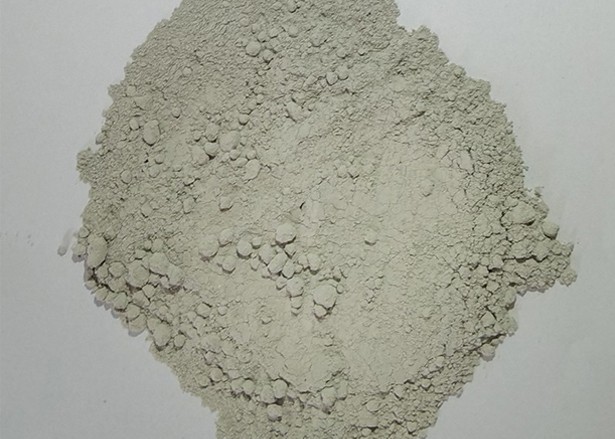ESD (Electrostatic Discharge) metal flooring solutions are specialized flooring systems designed to control and dissipate static electricity. These floors are crucial in environments where electrostatic discharge can cause damage to sensitive electronic equipment, ignite flammable substances, or disrupt operations.
ESD metal flooring is designed to prevent the buildup of static electricity and safely dissipate any existing charges to the ground. These floors typically incorporate conductive materials that allow for the controlled flow of static electricity, ensuring that sensitive environments remain protected from the potential hazards of electrostatic discharge.
Key Features
Conductivity: The flooring materials are conductive or dissipative, meaning they can channel static electricity away from the surface and dissipate it safely.
Durability: ESD metal flooring is robust and designed to withstand heavy traffic and mechanical loads, making it suitable for industrial and commercial applications.
Ease of Maintenance: These floors are easy to clean and maintain, ensuring their ESD properties remain effective over time.
Compliance: ESD flooring solutions often meet specific industry standards and regulations, such as ANSI/ESD S20.20 or IEC 61340-5-1, ensuring their effectiveness and reliability.
Types of ESD Metal Flooring
Steel Tiles: Metal tiles, often made from stainless steel or other conductive metals, provide excellent durability and ESD protection. They are commonly used in cleanrooms, laboratories, and manufacturing facilities.
Aluminum Panels: Lightweight yet strong, aluminum panels can be used in raised flooring systems to provide easy access to cables and utilities while maintaining ESD control.
Hybrid Systems: Combining metal with other conductive materials like carbon fibers or conductive polymers can enhance the ESD properties and provide additional benefits such as improved comfort or aesthetic appeal.
